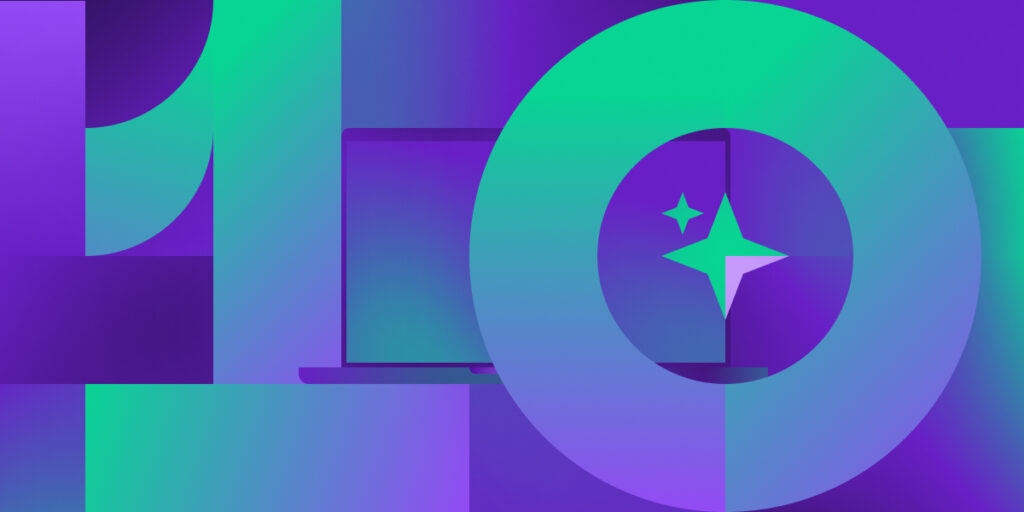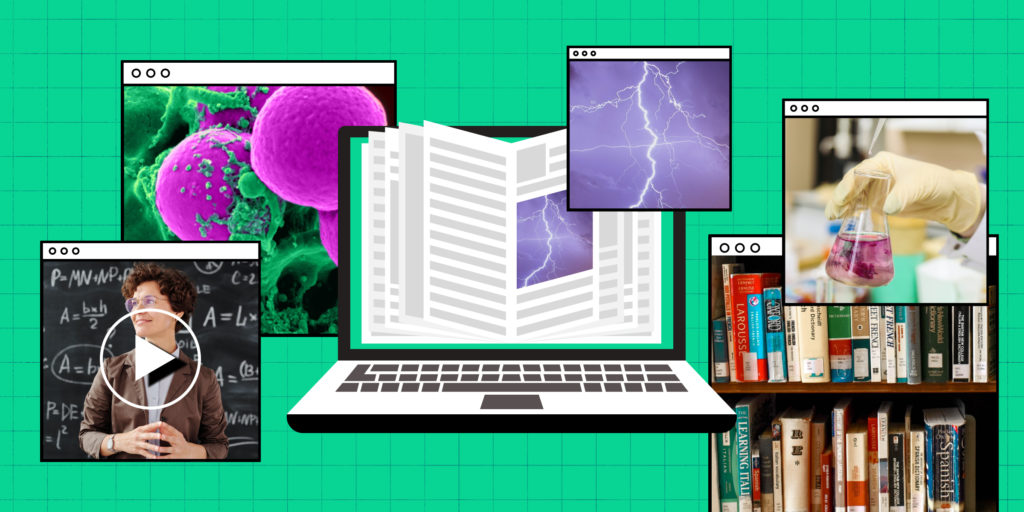Carl Braunlich, Associate Professor at the William F. Harrah College of Hotel Administration at the University of Nevada Las Vegas, uses Top Hat in his Introduction to Hospitality class.
Here, he explains how using Top Hat in his class of 200 students prepares them for a career in a sector that is already being changed by disruptive technology such as reservation apps and property management software.
Integrating personal technology into the classroom extends students’ natural ability to incorporate college level learning into their digital portfolios. Having a smartphone in their hand while involved in lectures and discussions brings the world to their fingertips and becomes a powerful extension of the brick and mortar classroom. The high touch world of the live lecture and classroom discussion is turbo-charged by including the high tech world of the internet.
Even in the initial stages of their careers in hospitality, students become immersed in a similar high touch high tech paradigm. A restaurant host uses a reservation and table seating software platform, such as OpenTable, while welcoming and seating guests. A front desk agent uses a property management software platform, such as Opera, while at the same time engaging with the guest during check in. Restaurant supervisors are wearing Apple watches and receiving messages regarding their guests through software platforms such as Resy while on duty and on the floor. Hotel shift supervisors are using cloud-based guest request software platforms such as ALICE to help them manage service quality in real time. And restaurant servers, food runners and bartenders all learn their property’s point of sale systems so they can provide excellent service to their guests. The ability to participate in a college lecture session while simultaneously managing a software application is not only within the capabilities of a tech-savvy college student, it is also a very common environment within their chosen workplace.
I teach a foundation course for hotel school students at the University of Nevada Las Vegas. A typical class has 200 students, 18–21 years of age, with whom we spend fifteen weeks introducing the fundamentals of hotel, restaurant, casino and meeting and event operations. The semester during which this course is taught is normally the students’ first experience in a college classroom, where the cell phones, tablets and laptops in their backpacks provide a conundrum for the college professor. Are these devices distractions from learning, are they just a fact of life that the prof deals with in today’s environment, or are they something that can enhance the educational experience? Today’s college student learns over the course of their academic career that, depending on the course instructor, there are a wide variety of views of the use of mobile devices and laptops in the classroom.
The young person who has grown up with these technologies and has made the widest variety of software platforms and applications integral to their everyday life is the most resistant to getting off the grid.
The fact is that the pervasiveness of personal technology involves us all. Look around in an airport, in a meeting or conference, throughout the workplace and, yes, on a college campus, and most everyone is eyeball to screen. Society has reached the point where most of us become very uncomfortable silencing our smartphone and putting it out of reach, or powering down our laptop and putting it back in its case. No one can call us, no one can text us, and no one can email us—we are out of touch with the world. The young person who has grown up with these technologies and has made the widest variety of software platforms and application integral to their everyday life is the most resistant to getting off the grid, even for the time it takes to attend a college class session.
So how do you leverage the profusion of mobile technologies, specifically smartphones, to increase the effectiveness of college teaching? There are a number of learning management software platforms that can make this happen. The best in class in my experience is Top Hat, a cloud based teaching platform that is almost viral at this point, with over 5,000 professors and one million students using the program, according to the company. I have bench tested the software with over 500 students to date, and have become a believer in the high touch high tech smartphone classroom enabled by Top Hat.
Using LinkedIn as a teaching tool
Students come into my classroom and, using their smartphone, log on to the university Wi-Fi and access their Top Hat smartphone application. From the lectern, I log on to my Top Hat account and start up my slide deck for the session. The slides are streamed in real time to each smartphone in the room; thus their device shows the content that is currently being discussed during lecture. If I add notations to the slides while I am discussing them, the notations are also streamed to the smartphone displays. At various points during the lecture, a question is streamed to each smartphone that reinforces lecture content. Students must choose the correct answer to the question and respond with their smartphone within 30 seconds. Answer choices are tabulated and displayed for discussion during the class and recorded for participation scores. When the lecture is completed, students can save the lecture slides, with notations, for their records.
Lecture planning for the high touch high tech classroom includes requests for students to complete internet searches on their smartphones during the class session. For example, we have frequent visitors in the classroom from the hospitality industry. Students are requested, during lecture, to pull up and bookmark the LinkedIn page of the visitor for discussions in class and for quiz content. Similarly, students can, as instructed by the professor, pull up and bookmark websites for hospitality firms, specific properties, and statistics on financial performance. Questions and discussions during lecture can take place based on the information displayed on individual smartphones.
A more effective classroom experience and a more realistic preparation for a hospitality career is the result.
I am planning on future additions to drive forward the high touch high tech classroom experience. We often have class discussions and questions during lecture, which can be difficult hearing when there are 200 students in a large classroom. In future classes the students will have an interactive text providing all reading required for the course along with the ability to submit all assessments through the Top Hat platform. At that point the student can use their smartphone for everything required for the class, including lectures, in-class participation, readings, online quizzes and essay assignments.
Instead of asking students to break away from their personal technologies to attend a college classroom session, I am asking students to incorporate learning into their day-to-day technology experiences. A more effective classroom experience and a more realistic preparation for a hospitality career is the result.
Republished from LinkedIn Pulse with permission of the author.


